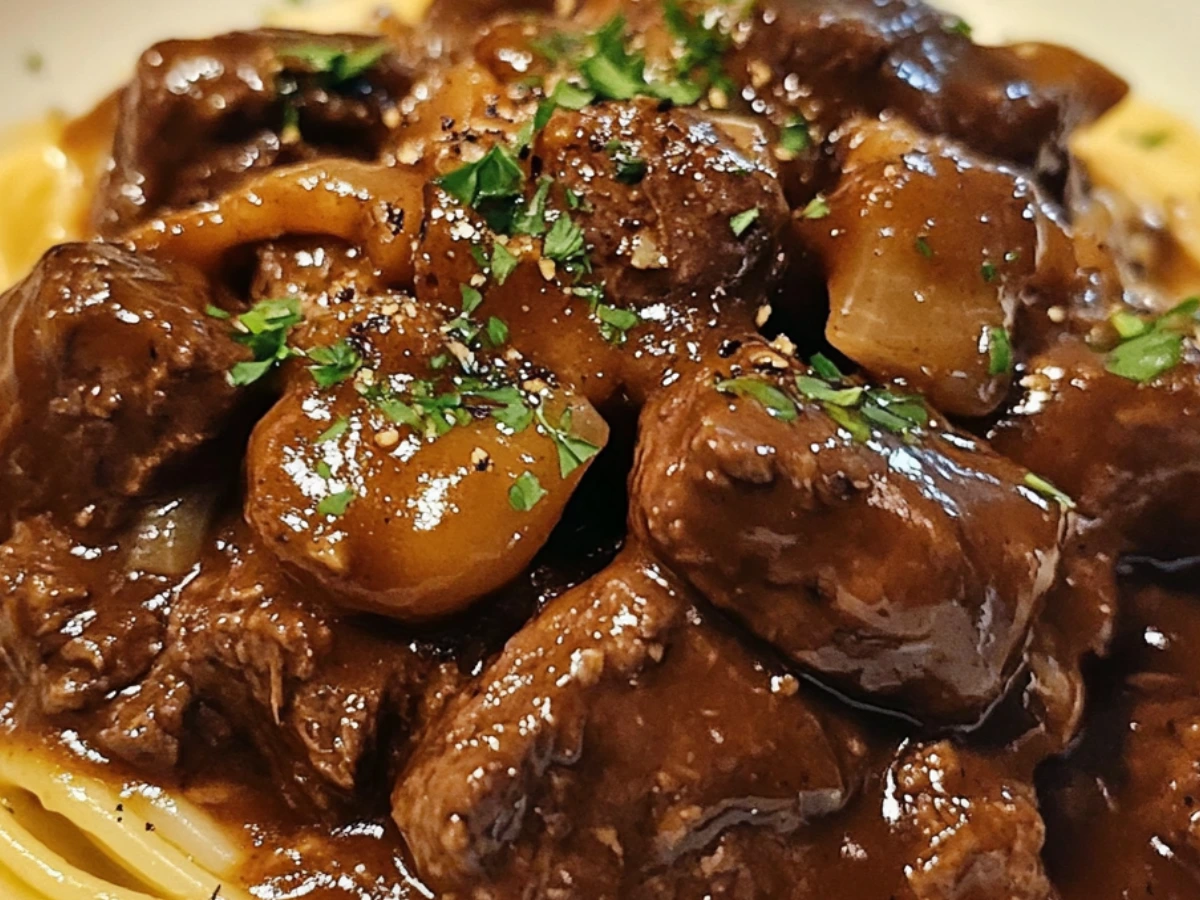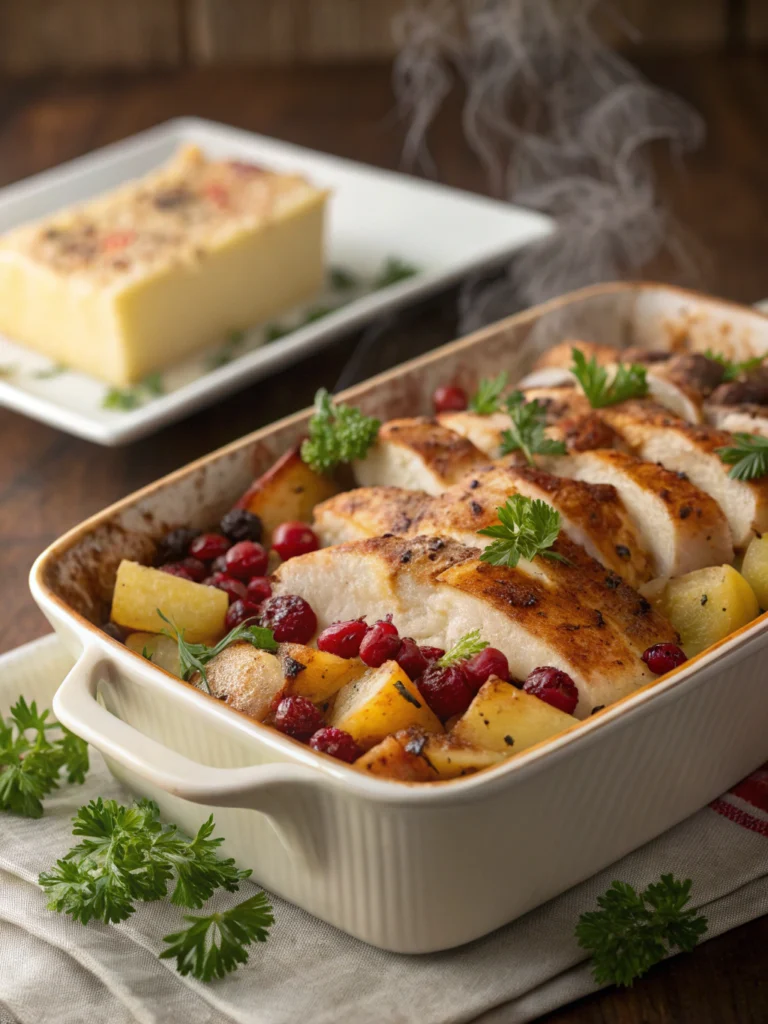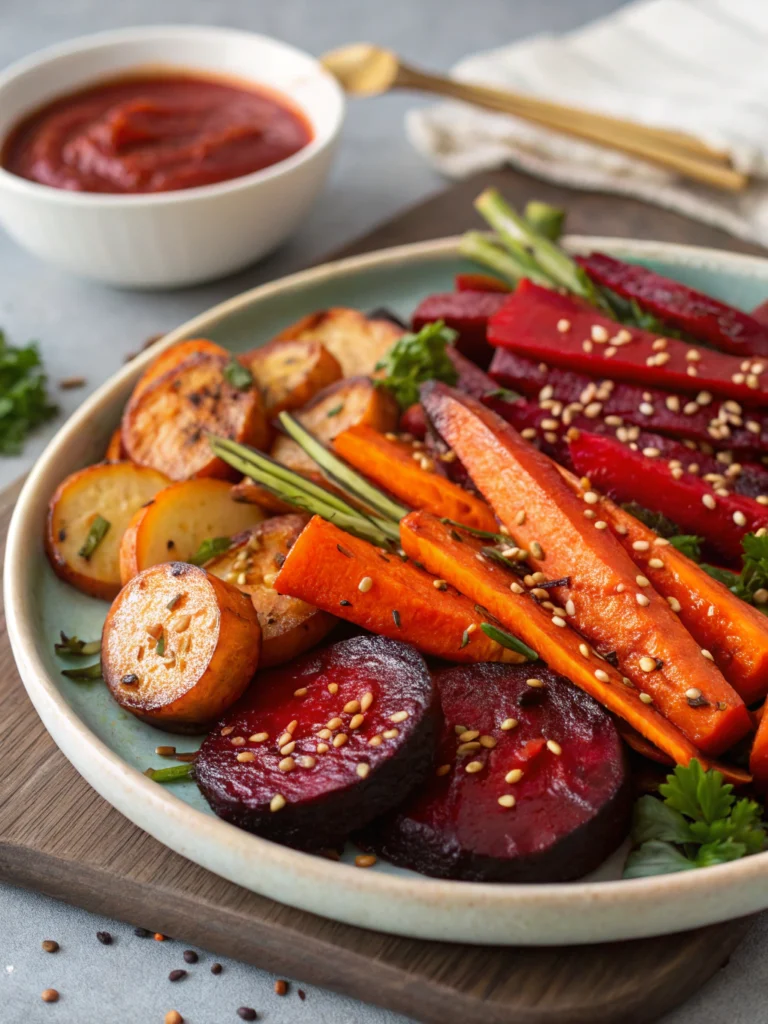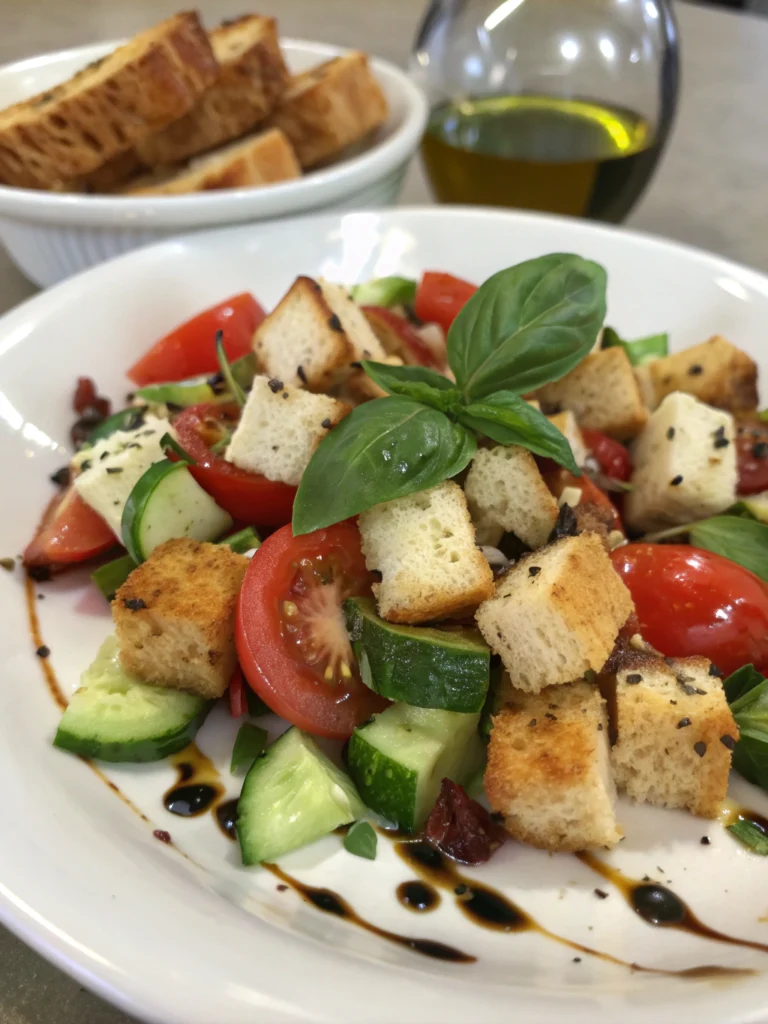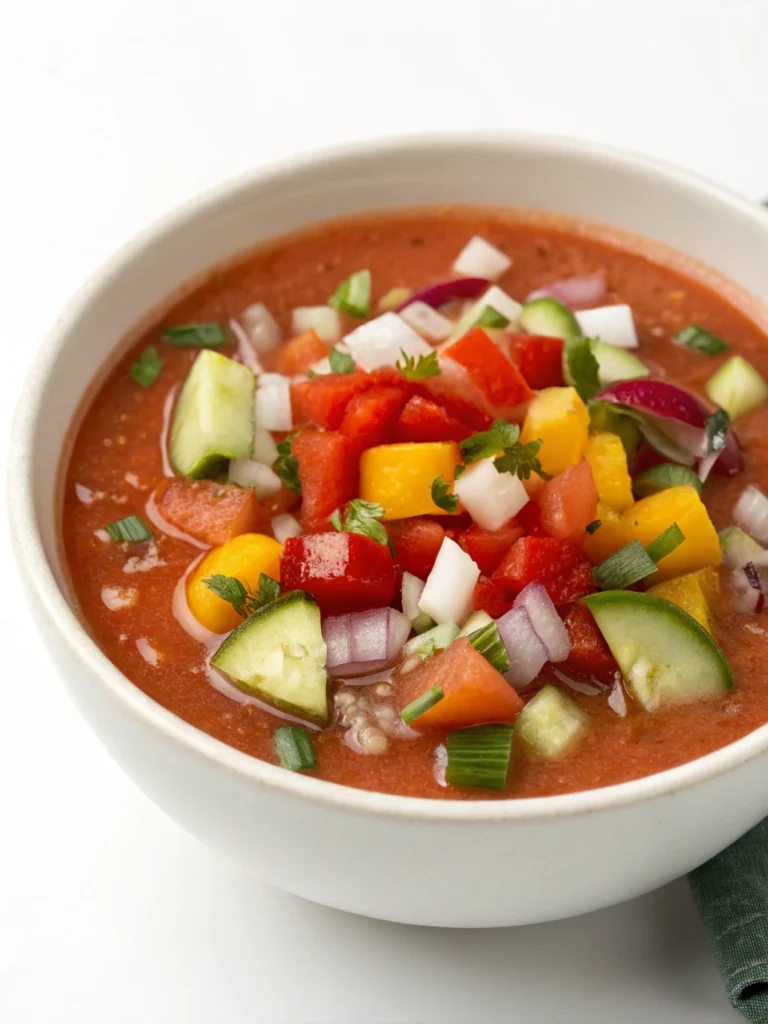There’s something special about cooking a dish that’s been perfected over centuries. For me, Beef Bourguignon is one such recipe that embodies the essence of French cuisine. It’s a rich, flavorful stew that’s both comforting and sophisticated, making it perfect for special occasions or a cozy dinner at home.
Cooking Beef Bourguignon is a labor of love, requiring patience and attention to detail, but the end result is well worth the effort. This classic dish transforms simple ingredients into a culinary masterpiece, balancing tender beef with a savory red wine sauce.
Key Takeaways
- Learn how to create an authentic Beef Bourguignon recipe that’s true to its French heritage.
- Understand the importance of selecting the right ingredients for this dish.
- Discover professional techniques for searing meat and developing layers of flavor.
- Find out how to balance tender beef with a rich, savory red wine sauce.
- Get tips on making this recipe approachable for home cooks of all skill levels.
The Rich Heritage of Beef Bourguignon
Beef Bourguignon, also known as Boeuf Bourguignon, is a traditional French stew that has gained international acclaim for its rich flavors and hearty ingredients. This classic dish has a storied past, with its evolution reflecting the culinary traditions of France.
Origins in French Cuisine
The origins of Beef Bourguignon are deeply rooted in French cuisine, dating back to the medieval period. It was initially a peasant dish, made with tougher cuts of beef cooked in red wine, resulting in a tender and flavorful stew. The dish was cooked slowly over an open fire, allowing the beef to become tender and infused with the flavors of the wine and accompanying vegetables.
Julia Child played a significant role in popularizing Beef Bourguignon in America through her cookbook “Mastering the Art of French Cooking” and her television show. Her version of the recipe became the standard for many home cooks, introducing Americans to authentic French cooking techniques.
From Peasant Dish to Culinary Classic
Over time, Beef Bourguignon has transformed from a rustic country fare to a culinary classic, appearing on menus in fine dining establishments worldwide. Despite its evolution, the dish remains true to its humble origins, with its essential character remaining intact: tender beef slowly braised in red wine with aromatic vegetables and herbs.
- The dish gained international recognition when Julia Child featured it in her 1961 cookbook and demonstrated it on her television show.
- Today, this dish remains a beloved comfort food in homes across France and a staple in fine dining restaurants globally.
- Modern chefs continue to put their own spin on this classic recipes, but the best versions still honor the dish’s traditional techniques.
Understanding the Perfect Beef Bourguignon Recipe
Understanding the elements of a superior Beef Bourguignon is key to mastering this classic dish. At its core, Beef Bourguignon is a stew made with beef, typically chuck or brisket, which is chosen for its fat content and connective tissue that breaks down during slow cooking, making the meat tender and flavorful.
What Makes This Dish Special
Beef Bourguignon stands out due to its rich flavor profile, which is developed through the combination of red wine, bacon, and a variety of vegetables. The use of Burgundy wine, in particular, gives the dish its distinctive character, contributing acidity, fruitiness, and depth.
The slow cooking process allows the flavors to meld together, creating a complex and satisfying taste experience.
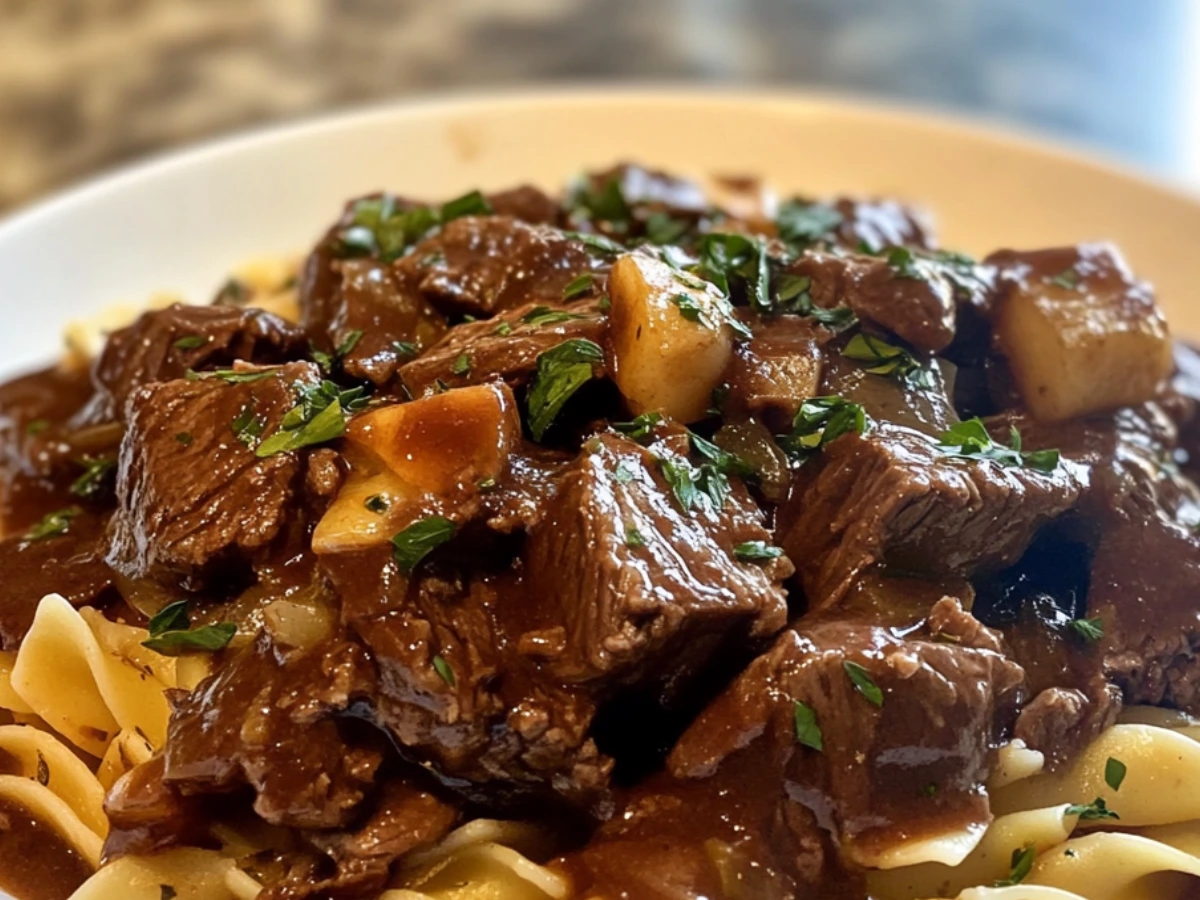
Key Ingredients and Their Roles
The foundation of a great Beef Bourguignon lies in its ingredients and their roles:
- The right cut of beef, such as chuck or brisket, is crucial for tender and flavorful results.
- Bacon or lardons add a smoky flavor and render fat used for browning the beef, enhancing the dish’s richness.
- Onions, both diced and pearl, serve different purposes – diced onions melt into the sauce, while pearl onions retain their shape, providing textural contrast.
- Mushrooms, typically cremini or button, add an earthy umami quality that complements the wine and beef.
- Aromatic vegetables like carrots and garlic contribute sweetness and depth to the sauce.
- Fresh herbs, such as thyme and bay leaves, infuse the stew with subtle aromatic notes during the long cooking process.
Each ingredient plays a vital role in creating the dish’s signature flavor and texture.
Essential Ingredients and Equipment
Before diving into the cooking process, let’s explore the essential ingredients and equipment needed for Beef Bourguignon. Having the right tools and ingredients is crucial for achieving the dish’s signature flavor and tender texture.
Selecting the Best Cuts of Beef
Choosing the right cut of beef is vital for a tender and flavorful Bourguignon. I recommend using chuck or brisket, as these cuts become tender with slow cooking. The beef should be cut into uniform cubes to ensure even cooking.
Choosing the Right Wine
The wine used in Beef Bourguignon significantly impacts its flavor profile. A full-bodied red wine, such as Burgundy or Côtes du Rhône, is ideal. The wine should be of good quality, as it will enhance the overall taste of the dish.
Kitchen Tools You’ll Need
The right kitchen equipment is essential for preparing Beef Bourguignon. A large Dutch oven or a heavy-bottomed pot with a tight-fitting lid is ideal for slow cooking. Additionally, a slotted spoon is necessary for removing the bacon and beef, while a skillet is useful for sautéing mushrooms separately.
Other essential tools include a sharp chef’s knife for cutting the beef and vegetables, measuring cups and spoons for accuracy, and a wooden spoon
- A heavy Dutch oven provides even heat distribution and can be transferred from stovetop to oven.
- A good slotted spoon is essential for removing the bacon and beef while leaving the flavorful fat behind.
- A separate skillet is useful for sautéing mushrooms to maintain their texture.
Step-by-Step Preparation
To create an authentic Beef Bourguignon, one must understand the importance of layering flavors. This classic French dish is built upon a series of deliberate steps that, when followed, result in a rich and satisfying culinary experience.
Preparing the Meat and Vegetables
The preparation begins with rendering fat from bacon, which serves as the foundation for the dish’s complex flavor profile. Next, the beef is seared to perfection, creating a caramelized crust that enhances the overall flavor. The aromatic vegetables, including onions and garlic, are then sautéed in the meat drippings, absorbing the developed flavors.
This step is crucial as it lays the groundwork for the dish’s depth and richness. Properly cooking the vegetables ensures they add sweetness and depth to the Bourguignon.
Creating the Perfect Base
Deglazing the pot with wine is a pivotal step, as it incorporates the browned bits from the bottom into the sauce, adding a complex profile. The broth is then added, and the dish is left to simmer, allowing the flavors to meld together. This slow cooking process is essential for developing the characteristic flavors of beef bourguignon.
The result is a rich, savory sauce that coats the tender beef and vegetables, creating a harmonious balance of flavors.
The Art of Layering Flavors
The final touches involve adding mushrooms and pearl onions towards the end of the cooking process, preserving their texture and flavor. A sprinkle of fresh garlic adds a bright note, balancing the deep, long-cooked flavors of the broth and meat. This careful layering of flavors is what elevates Beef Bourguignon from a simple stew to a culinary masterpiece.
Four Ways to Cook Your Beef Bourguignon
The versatility of Beef Bourguignon is showcased through four distinct cooking techniques, catering to different preferences and time constraints. Whether you’re looking for a traditional approach or a modern shortcut, this section will guide you through the various methods to achieve a deliciously rich and flavorful dish.
Traditional Oven Method
Cooking Beef Bourguignon in the oven is a classic approach that allows for a deep development of flavors. Start by browning the beef and bacon in a large Dutch oven, then add the onions and other vegetables. After deglazing with wine, cover the pot and transfer it to a preheated oven. Let it cook for about 2.5 to 3 hours, or until the beef is tender. This slow cooking process melds the flavors together, creating a rich and satisfying stew.
Stovetop Technique
For those who prefer cooking on the stovetop, Beef Bourguignon can be prepared in a large, heavy pot or Dutch oven. Begin by cooking the bacon until crispy, then remove it and sear the beef in batches. After sautéing the vegetables, return the beef and bacon to the pot, add the wine and stock, and let it simmer for about 2 to 2.5 hours, or until the meat is tender. This method requires occasional stirring and monitoring to prevent burning.
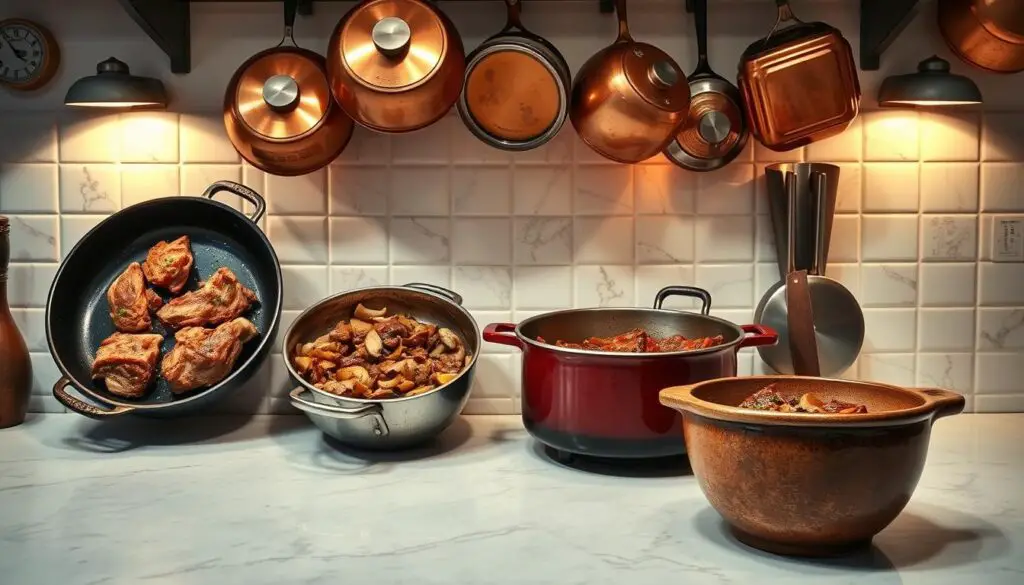
Slow Cooker Adaptation
Using a slow cooker is an excellent way to prepare Beef Bourguignon with minimal supervision. Brown the beef and cook the bacon in a pan before transferring everything to the slow cooker. Add the sautéed onions, mushrooms, wine, and stock to the cooker. Let it cook on low for 8-10 hours or high for 4-6 hours. Before serving, sauté some butter and additional mushrooms to add freshness to the dish.
Instant Pot/Pressure Cooker Method
The Instant Pot dramatically reduces cooking time while maintaining the rich flavors of Beef Bourguignon. Start by using the Sear function to cook the bacon and sear the beef in batches. Then, add the vegetables, wine, stock, and seasonings. Cook on HIGH PRESSURE for 30 minutes, followed by a natural release for 8-10 minutes. While the pressure is releasing, sauté mushrooms in butter until they’re golden brown. This method allows you to enjoy Beef Bourguignon on a weeknight, with the entire process taking approximately 90 minutes from start to finish.
Each of these methods offers a unique way to prepare Beef Bourguignon, allowing you to choose the one that best fits your schedule and cooking style. Whether you opt for the traditional oven method or the quicker Instant Pot approach, the result is sure to be a delicious and satisfying meal.
Pro Tips for an Exceptional Beef Bourguignon
To achieve an exceptional Beef Bourguignon, consider these pro tips that make all the difference. A great Beef Bourguignon is not just about following a recipe; it’s about understanding the nuances that elevate it from good to great.
Common Mistakes to Avoid
One of the most common mistakes when making Beef Bourguignon is not allowing it sufficient time to cook, resulting in tough meat. Ensure that you cook it for at least 2.5 hours to achieve tender beef. Another mistake is not skimming the fat properly after refrigeration, which can make the dish overly greasy. After cooking, let it cool, then refrigerate it overnight and remove the solidified fat before reheating.
Additionally, using the wrong cut of beef can affect the dish’s overall quality. Opt for tougher cuts like chuck or brisket, which become tender with slow cooking. Also, be mindful of the heat; a gentle simmer is crucial for developing rich flavors.
Make-Ahead and Storage Advice
Beef Bourguignon is one of those dishes that actually improves with time, making it perfect for planning ahead. For the best flavors, consider making it 1-2 days before serving. After cooking, cool it completely within 2 hours, then refrigerate. The next day, remove any solidified fat and reheat it gently over medium-low heat for about 10-15 minutes, stirring occasionally.
When reheating, warm the stew gently for about 20-30 minutes until it reaches a simmer. You can also freeze it for up to 3 months without the mushrooms; add freshly sautéed mushrooms when reheating for the best texture. Portioning into individual containers before freezing allows for convenient single servings that reheat in just a few minutes.
Conclusion: Enjoying Your Homemade French Masterpiece
As you finish cooking your beef bourguignon, the moment to savor your culinary achievement has arrived. Traditionally, this rich dish is served with mashed potatoes, plain rice, or noodles, allowing the sauce to be fully appreciated. Take a few extra minutes to present it thoughtfully.
Garnish with fresh parsley for a touch of color and freshness. Serve in shallow bowls to contain the luscious sauce. Pair it with a medium-bodied red wine, like Pinot Noir or Burgundy, to complement the complex flavors you’ve developed. Your homemade beef bourguignon is a true accomplishment, rivaling fine French restaurants.
FAQ
What is the best cut of meat to use for Beef Bourguignon?
I recommend using chuck or short ribs for a tender and flavorful dish, as they become tender with slow cooking.
Can I use a different type of wine for the recipe?
While traditional recipes call for red wine, such as Cabernet Sauvignon or Merlot, you can experiment with other varieties, but keep in mind that it may alter the flavor profile.
How long does it take to cook Beef Bourguignon in a Dutch oven?
Cooking time can vary, but typically it takes around 2-3 hours in a preheated oven at 300°F (150°C).
Can I make Beef Bourguignon ahead of time?
Yes, you can prepare the dish in advance and refrigerate or freeze it for later use, making it a great option for meal prep or special occasions.
What are some common sides to serve with Beef Bourguignon?
I suggest serving it with mashed potatoes, egg noodles, or crusty bread to soak up the rich and flavorful sauce.
How do I reheat Beef Bourguignon without losing its flavor?
To reheat, simply simmer the dish over low heat, adding a bit of broth or wine if needed to maintain the desired consistency.

